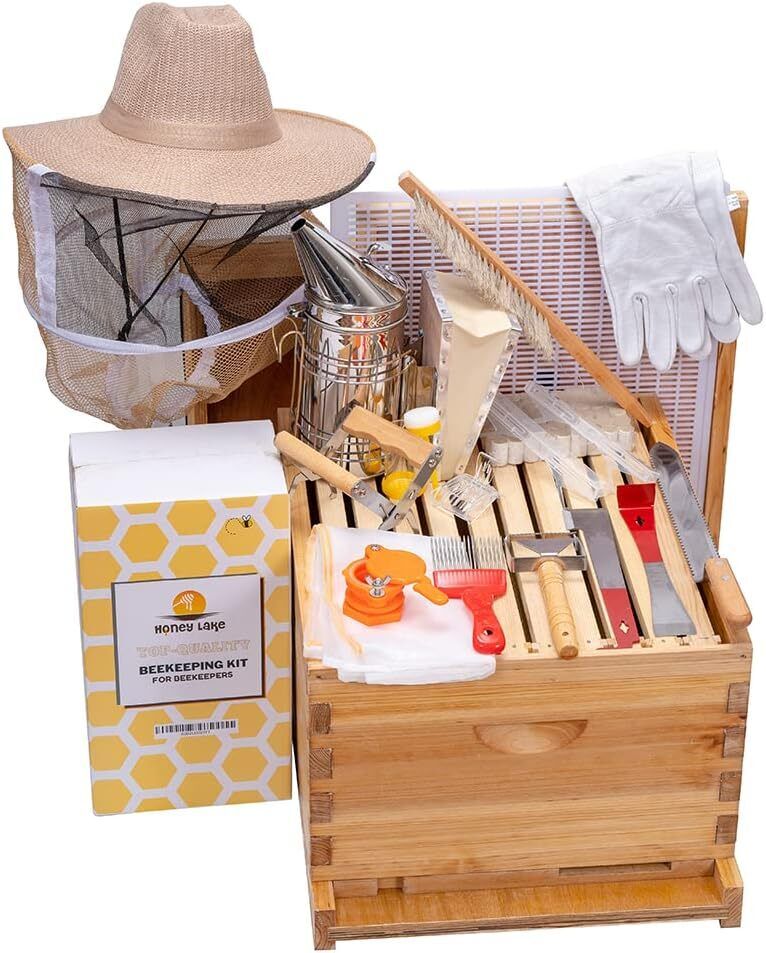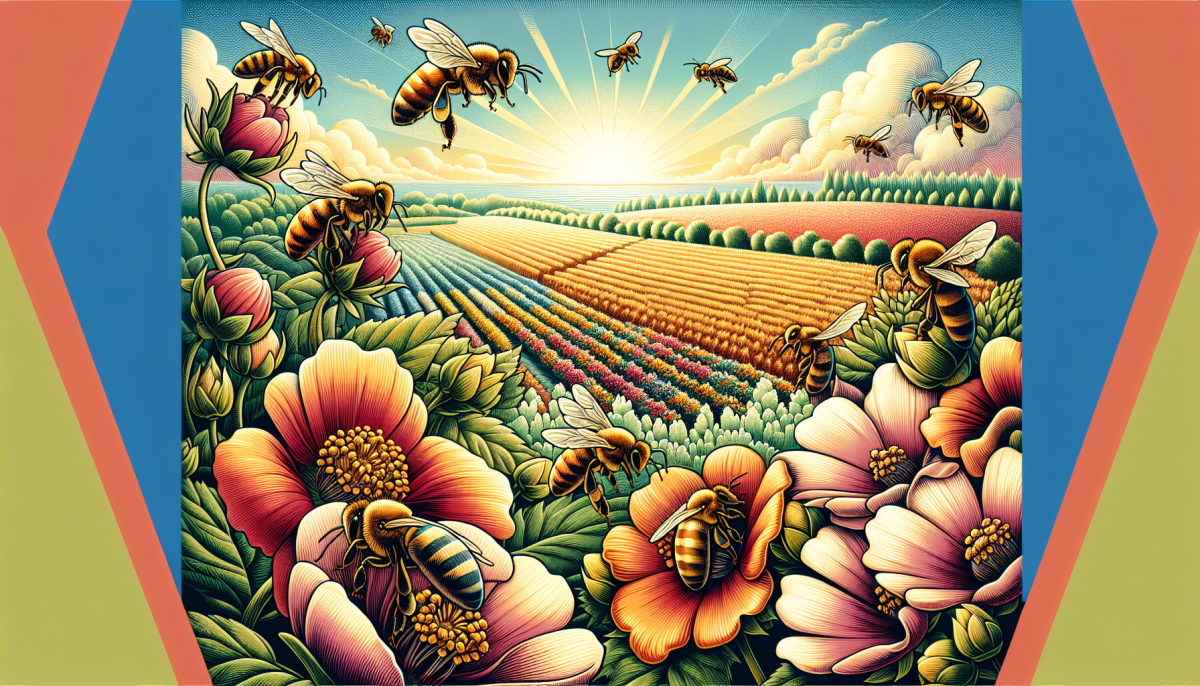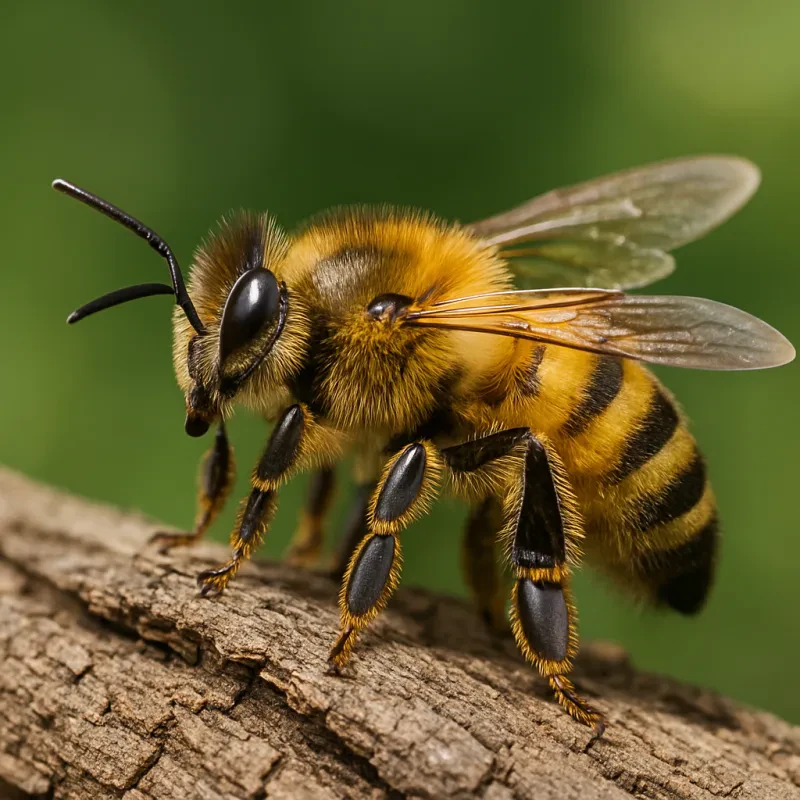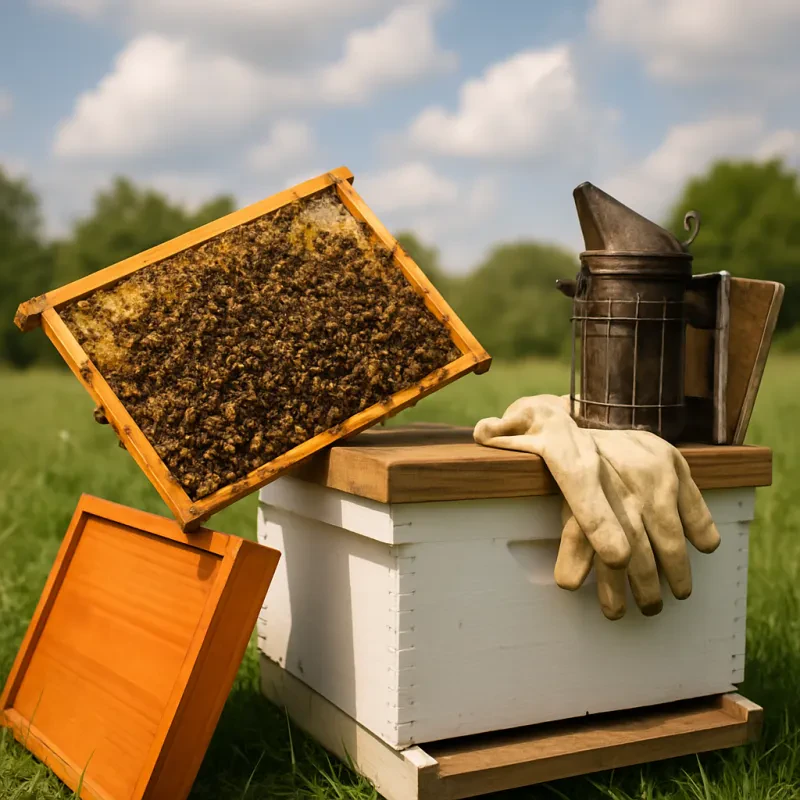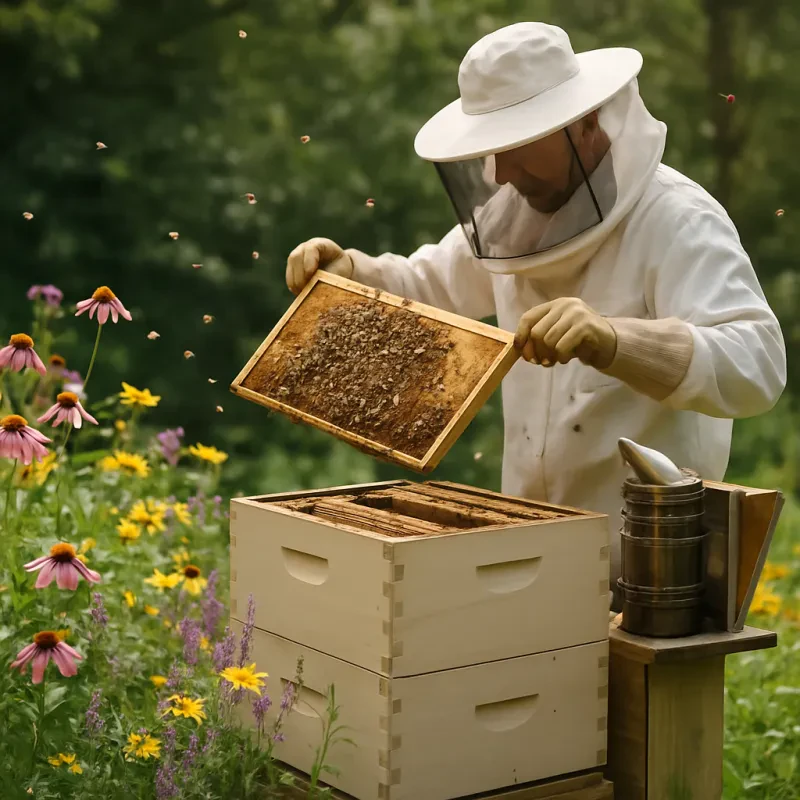Bees, particularly honey bees, play a crucial role in crop pollination, making them vital to the agricultural ecosystem. When bees visit flowers to collect nectar and pollen, they inadvertently transfer pollen from one flower to another. This process is essential for the fertilization of many plants, resulting in the production of fruits, seeds, and vegetables. In fact, it’s estimated that a significant portion of the crops we depend on, including apples, almonds, and blueberries, relies on bee pollination. This highlights the honey bee importance agriculture and its impact on food supply.
The efficiency of honey bees as pollinators is remarkable. A single colony can pollinate hundreds of thousands of flowers in a day, thanks to their natural foraging behavior and social structure. Honey bees tend to visit the same type of flower in a single foraging trip, which increases the chances of successful pollination. This behavior improves the quality and quantity of the crops produced, making honey bees indispensable to farmers.
Furthermore, honey bee populations are not only essential for crop farmers but also for the entire ecosystem. As they pollinate plants, they help maintain biodiversity and support the growth of various plants that many other creatures depend on for food and habitat. The decline in honey bee populations has raised concerns about the potential negative impacts on agricultural productivity, emphasizing the need to recognize honey bee importance agriculture and the need for conservation efforts.
Farmers are increasingly recognizing the value of maintaining healthy bee populations. Many are adopting practices that support bee habitats, such as rotating crops, reducing pesticide use, and planting bee-friendly flowers. These practices not only benefit honey bees but also enhance the resilience and sustainability of agricultural systems, creating a win-win situation for farmers and the environment.
Economic Benefits of Honey Bees
Honey bees play a critical role in agriculture by providing numerous economic benefits that extend beyond honey production. Their pollination efforts significantly enhance the yield of various crops, including fruits, vegetables, and nuts. A single colony of bees can pollinate a vast array of plants, leading to increased quantities and better quality of produce. This not only supports local farmers but also contributes to the overall food supply, demonstrating the honey bee importance agriculture in sustaining economies and communities.
According to several studies, crops that rely on honey bee pollination can be more productive than those that do not. For instance, berries, almonds, and squash are among the many crops that flourish thanks to bee activity. The economic impact of these pollination services is substantial—it's estimated that honey bees contribute billions of dollars to the agricultural industry each year. This highlights just how vital these little insects are for both farmers' livelihoods and the broader agricultural economy.
Moreover, honey bees not only support crop production but also help maintain biodiversity. By pollinating various plants, they help create a balanced ecosystem that benefits agriculture by promoting healthy soils and pest control. This integrative approach to farming is gaining traction among sustainable agricultural practices, further underscoring the honey bee importance agriculture. As farmers recognize this symbiotic relationship, many are adopting bee-friendly practices to ensure the survival and health of these essential pollinators.
Interestingly, the economic benefits of honey bees can also extend to products beyond honey itself. Bee pollination is increasingly linked to a thriving market for beeswax, propolis, and royal jelly, all of which are valuable ingredients in cosmetics, health products, and even food items. As consumers become more aware of these products, the demand for bee-related goods continues to grow, further enhancing the economic landscape associated with honey bees. This cycle of benefits illustrates the critical role that honey bees fulfill in agriculture and the wider economy.
Influence on Food Diversity
The presence of honey bees in our ecosystems plays a vital role in promoting food diversity. These tiny creatures are responsible for pollinating a significant portion of the fruits, vegetables, and nuts that we consume daily. By transferring pollen from one flower to another, honey bees help fertilize plants, leading to the production of seeds and fruit. This process not only increases yields but also supports a wide variety of crops in various climates.
When we talk about honey bee importance in agriculture, it’s essential to highlight how these pollinators enable farmers to grow diverse crops. For example, many fruits like berries, apples, and cherries depend heavily on honey bee pollination. Without these industrious insects, the variety of food available in grocery stores would be drastically reduced, leading to a less nutritious diet for all of us.
Additionally, honey bees contribute to the biodiversity of ecosystems. They pollinate wildflowers and native plants, which in turn support other wildlife. A healthy population of honey bees can help maintain the balance within local ecosystems, ensuring that food sources for other animals remain plentiful. This interconnected web of life emphasizes the honey bee importance agriculture extends beyond just farming; it impacts the entire environment.
Moreover, the decline of honey bee populations can lead to significant gaps in food diversity. Farmers may be forced to rely on a smaller number of crops, often those that are self-pollinating or wind-pollinated. This can threaten not only the availability of various foods but also the nutritional quality of our diets. Protecting honey bee populations is essential for maintaining a rich diversity of food sources and a robust agricultural system that benefits everyone.
Threats to Honey Bee Populations
Honey bees play a crucial role in agriculture, but they are facing numerous threats that jeopardize their populations. Understanding these threats is essential for recognizing honey bee importance in agriculture. One of the primary challenges is habitat loss, as urbanization and intensive farming practices reduce the availability of wildflowers and natural habitats that honey bees depend on for foraging.
Another significant threat to honey bees is pesticide use. Many common pesticides are harmful to bees, either directly through exposure or indirectly by disrupting their foraging behavior and navigation. When bees are exposed to these chemicals, it can lead to high mortality rates, dwindling colonies, and decreased pollination efficacy, further highlighting honey bee importance agriculture.
Pests and diseases also pose a serious risk to honey bee populations. Varroa mites, for instance, attach to honey bees and feed on their bodily fluids, weakening them and exposing them to various diseases. Additionally, diseases such as Nosema and American foulbrood can devastate colonies if left untreated. The constant struggle against these threats underlines how vital it is to protect honey bees to ensure their ongoing contribution to agricultural productivity.
Lastly, climate change is shifting weather patterns, affecting the flowers bees rely on for food. Changes in temperature and precipitation can alter blooming times, leading to mismatches between when flowers are available and when bees are active. This further emphasizes the critical honey bee importance in agriculture, as stable and healthy bee populations are integral for the future of food production and ecosystem balance.
